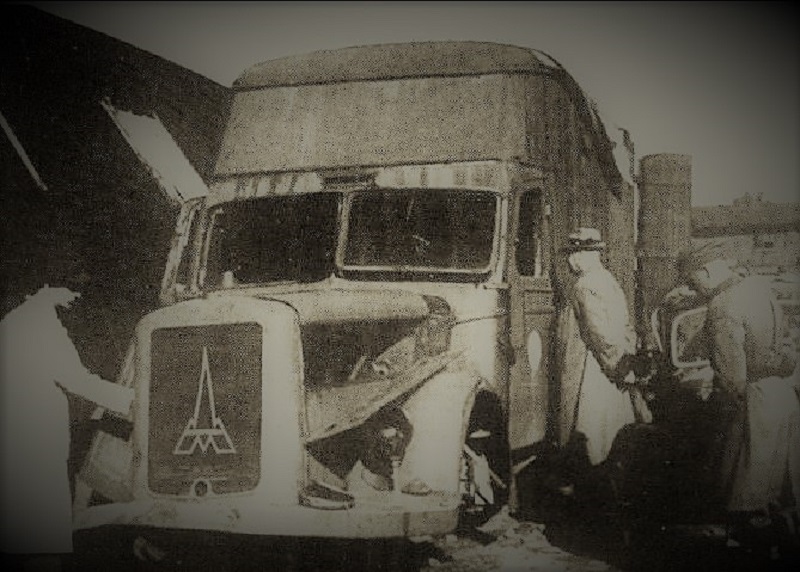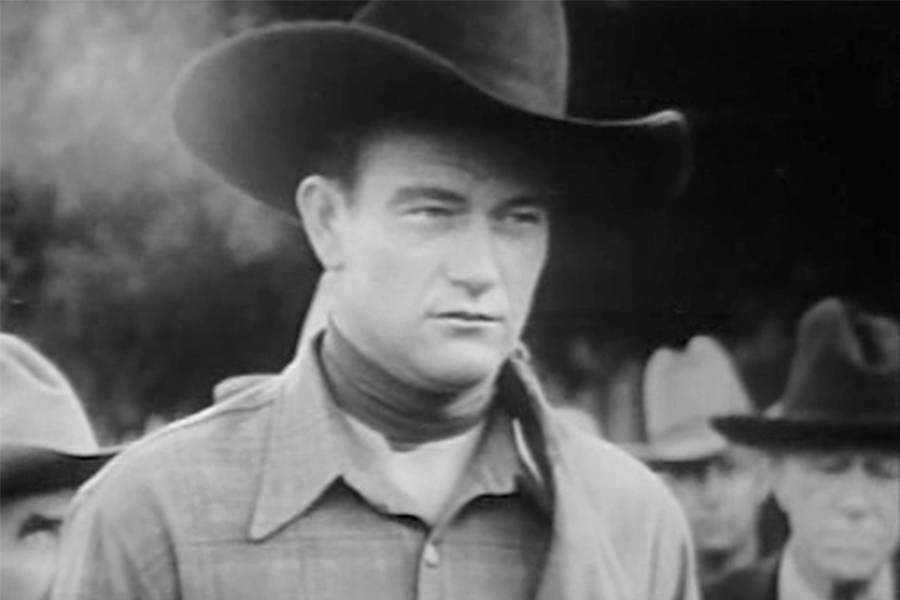
Georg Elser was a struggling German carpenter and communist who was vehemently opposed to Nazism. He anticipated that Hitler’s regime would lead his country on the path toward war and financial ruin, and in late-1938, he resolved to do something about it. Knowing that Hitler would speak at Munich’s Bürgerbräukeller brewery the following year on the anniversary of the Beer Hall Putsch, Elser spent several months building a bomb with a 144-hour timer.
While he worked at night in the Bürgerbräukeller, Elser built his “infernal machine” during the day. He purchased extra parts, including sound insulation, from local hardware stores and became friends with the local master woodworker, Brög, who allowed him use of his workshop.

On the nights of 1–2 November 1939, Elser installed the explosives in the pillar. On 4–5 November, being Saturday and Sunday dance nights, he had to buy a ticket and wait in the gallery until after 1 a.m. before he could install the twin-clock mechanism that would trigger the detonator. To celebrate the completion of his work, Elser recalled later, “I left by the back road and went to the Isartorplatz where at the kiosk I drank two cups of coffee.”
On 6 November, Elser left Munich for Stuttgart to stay overnight with his sister, Maria Hirth, and her husband. Leaving them his tool boxes and baggage, he returned to Munich the next day for a final check. Arriving at the Bürgerbräukeller at 10 p.m., he waited for an opportunity to open the bomb chamber and satisfy himself the clock mechanism was correctly set. The next morning he departed Munich by train for Friedrichshafen via Ulm. After a shave at a hairdresser, he took the 6:30 p.m. steamer to Konstanz.
The high-ranking Nazis who accompanied Adolf Hitler to the anniversary of the Beer Hall Putsch on 8 November 1939 were Joseph Goebbels, Reinhard Heydrich, Rudolf Hess, Robert Ley, Alfred Rosenberg, Julius Streicher, August Frank, Hermann Esser and Heinrich Himmler. Hitler was welcomed to the platform by Christian Weber.

Unknown to Elser, Hitler had initially cancelled his speech at the Bürgerbräukeller to devote his attention to planning the imminent war with France, but changed his mind and attended after all. As fog was forecast, possibly preventing him from flying back to Berlin the next morning, Hitler decided to return to Berlin the same night by his private train. With the departure from Munich’s main station set for 9:30 p.m., the start time of the reunion was brought forward half an hour to 8 p.m. and Hitler cut his speech from the normal two hours to one-hour duration.
Hitler ended his address to the 3000-strong audience of the party faithful at 9:07 p.m., 13 minutes before Elser’s bomb exploded at 9:20 p.m. By that time, Hitler and his entourage had left the Bürgerbräukeller. The bomb brought down part of the ceiling and roof and caused the gallery and an external wall to collapse, leaving a mountain of rubble. About 120 people were still in the hall at the time. Seven were killed. Another sixty-three were injured, sixteen seriously, with one dying later.

Hitler did not learn of the attempt on his life until later that night on a stop in Nuremberg. When told of the bombing by Joseph Goebbels, Hitler responded, “A man has to be lucky.” A little later Hitler had a different spin, saying, “Now I am completely at peace! My leaving the Bürgerbräu earlier than usual is proof to me that Providence wants me to reach my goal.”
The next day, the Nazi Party official paper, the Voelkischer Beobachter, squarely placed the blame on British secret agents, even implicating Prime Minister Neville Chamberlain himself. This work of propaganda was an attempt to stir up hatred for the British and whip the German people into a frenzy for war. But the inner-Nazi Party members knew better—they knew the assassination attempt was most probably the work of a German anti-Nazi military conspiracy.
In Munich on 9 November, the annual guard of honour for the sixteen “blood martyrs” of the NSDAP who died in the Beer Hall Putsch of 1923 was held at the Feldherrnhalle as usual. Two days later, at the same location, an official ceremony for the victims of the Bürgerbräukeller bombing took place. Hitler returned from Berlin to stand before seven flag-draped coffins as Rudolf Hess addressed the SA guard, the onlookers and the listeners to Grossdeutsche Rundfunk (Greater German Radio). In his half-hour oration, Hess was not short on hyperbole:
At this time the German people take their sad leave of the victims of a gruesome crime, a crime almost unparalleled in history … The perpetrators of this crime have succeeded in teaching the German people to hate … this enormous crime, this war which was forced upon us, will turn out in favor of the Führer, in favor of Germany—in favor of Germany and the entire world.
After “Der gute Kamerad” was played, Hitler placed a wreath of chrysanthemums on each coffin, then stepped back to lift his arm in the Nazi salute. The very slow playing of “Deutschland über alles” ended the solemn ceremony.

But Himmler wanted more than talk—he wanted the British agents themselves. So on November 9, SS soldiers in Holland kidnapped, with Schellenberg’s help, two British agents, Payne Best and R.H. Stevens, stuffing them into a Buick and driving them across the border into Germany. Himmler now proudly announced to the German public that he had captured the British conspirators. The man who actually planted the bomb at their behest was declared to be Georg Elser, a German communist who made his living as a carpenter.
The Venlo Incident
Elser never faced a trial for the bombing of the Bürgerbräukeller. After his year of torment at Berlin Gestapo Headquarters, he was kept in special custody in Sachsenhausen concentration camp between early 1941 and early 1945. At Sachsenhausen, Elser was held in isolation in a T-shaped building reserved for protected prisoners. Accommodated in three cells joined together, each 9.35 m2, there was space for his two full-time guards and a work space to make furniture and other things, including several zithers.
Elser’s apparent preferential treatment, which included extra rations and daily visits to the camp barber for a shave, aroused interest amongst other prisoners, including British SIS officer Payne Best. He wrote later that Elser was also allowed regular visits to the camp brothel.Martin Niemöller was also a special inmate in the Sachsenhausen “bunker” and believed the rumours that Elser was an SS man and an agent of Hitler and Himmler.In early 1945, Elser was transferred to the bunker at Dachau concentration camp.

On 9 April 1945, four weeks before the end of the war in Europe, Georg Elser was shot dead and his fully dressed body immediately burned in the crematorium of Dachau Concentration Camp. He was 42 years old
If he had succeeded he would have wiped out not only Hitler but the whole Nazi leadership. So many lives would have been saved.
I am passionate about my site and I know you all like reading my blogs. I have been doing this at no cost and will continue to do so. All I ask is for a voluntary donation of $2, however if you are not in a position to do so I can fully understand, maybe next time then. Thank you.
To donate click on the credit/debit card icon of the card you will use. If you want to donate more then $2 just add a higher number in the box left from the PayPal link. Many thanks.

















































You must be logged in to post a comment.